Native Cover Crops: Vegetable Cover Cropping With Native Plants
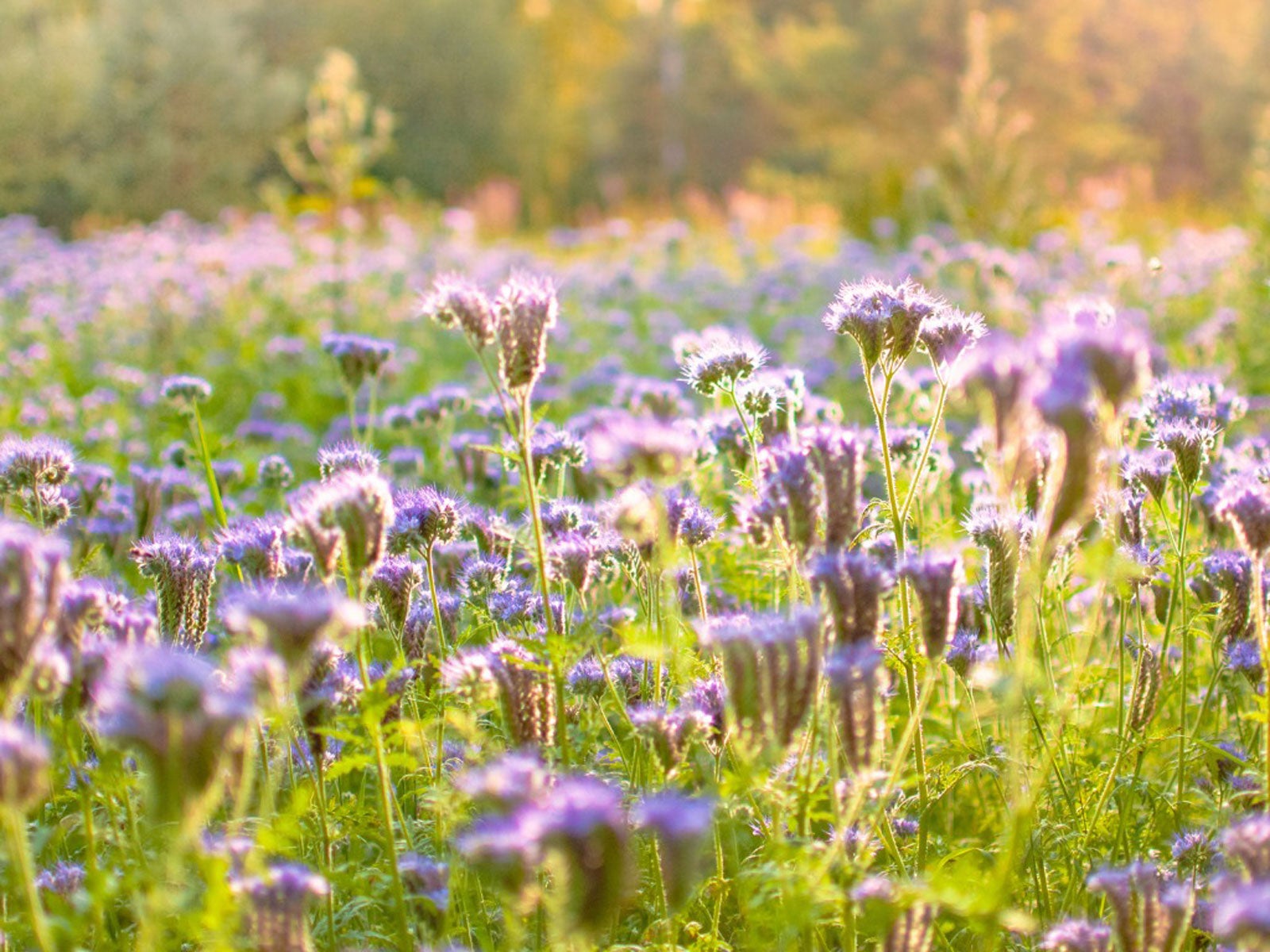

There's a growing awareness among gardeners concerning the use of non-native plants. This extends to the planting of vegetable cover crops. What are cover crops and are there any benefits to using native plants as cover crops? Let's explore this phenomenon and you can decide if cover cropping with native plants is right for you.
What are Vegetable Cover Crops?
In lieu of tilling garden soil at the end of the growing season, gardeners are finding value in sowing what is best described as “green” manure cover crops. These vegetable cover crops are planted in the fall, grow over winter, and then are tilled into the soil in the spring.
Cover crops prevent erosion of garden soil and leaching of nutrients over the winter, once these plants are tilled into the soil, they begin returning nutrients to the garden. Legume cover crops have the nitrogen-fixing ability and actually return more nitrogen to the soil than they consumed.
Hairy vetch, white clover, and winter rye are among the most popular cover crops gardeners use. Surprisingly, these are not native cover crops for North America. Although not typically considered invasive, these species have become naturalized in most parts of the world.
Benefits of Native Crop Cover
Gardeners and commercial growers are finding positive effects from cover cropping with native plants. These benefits include:
- Beneficial insects – Native cover crops provide the natural food and habitat for native insect populations living within the same ecosystem. This boosts beneficial insect populations, which can provide better control of harmful invasive bugs.
- Better adapted – Native crop cover plants are well-adapted to the local climate. They can often be established with little to no irrigation, and they require less maintenance.
- Non-invasive – While some indigenous plants might have aggressive tendencies, you'll never have to worry about controlling the spread of an invasive species when using native plants.
- Better nutrient return – Typically, native crop cover plants have deeper roots than non-native species. As these plants grow, they pull nutrients from deeper layers of the earth. Once these native cover crops are tilled under, natural decomposition returns these nutrients closer to the surface.
Choosing Native Plants as Cover Crops
Gardeners interested in vegetable cover cropping with native plants are best advised to consult their local extension agent or agricultural agency for information on local indigenous species. Often, native cover crop seeds are difficult to find or expensive to purchase.
Here are some species which have been considered when using native plants as cover crops:
Gardening tips, videos, info and more delivered right to your inbox!
Sign up for the Gardening Know How newsletter today and receive a free copy of our e-book "How to Grow Delicious Tomatoes".
- Annual ragweed
- Blue wild rye
- California brome
- Canada goldenrod
- Common wolly sunflower
- Common yarrow
- Hooker's balsamroot
- Phacelia tanacetifolia
- Prairie June grass
- Purple vetch
- Scarlet gilia

Laura Miller has been gardening all her life. Holding a degree in Biology, Nutrition, and Agriculture, Laura's area of expertise is vegetables, herbs, and all things edible. She lives in Ohio.
-
 Looking For Plants To Give You The Soft And Fuzzies? Try These 5 Fuzzy Leaf Plant Options
Looking For Plants To Give You The Soft And Fuzzies? Try These 5 Fuzzy Leaf Plant OptionsLovers of texture, drama, silver foliage and tactile plants will adore these special sensory garden additions. These fuzzy leaf plant options will leave you all aglow
By Susan Albert
-
 Get Ready For A Summer Of Hummers! Grow These Full Sun Hummingbird Plants and Flowers
Get Ready For A Summer Of Hummers! Grow These Full Sun Hummingbird Plants and FlowersIf you’re lucky enough to enjoy a sunny backyard, make sure you are maxing out on your pollinator opportunities and grow these full sun hummingbird plants and flowers
By Tonya Barnett
-
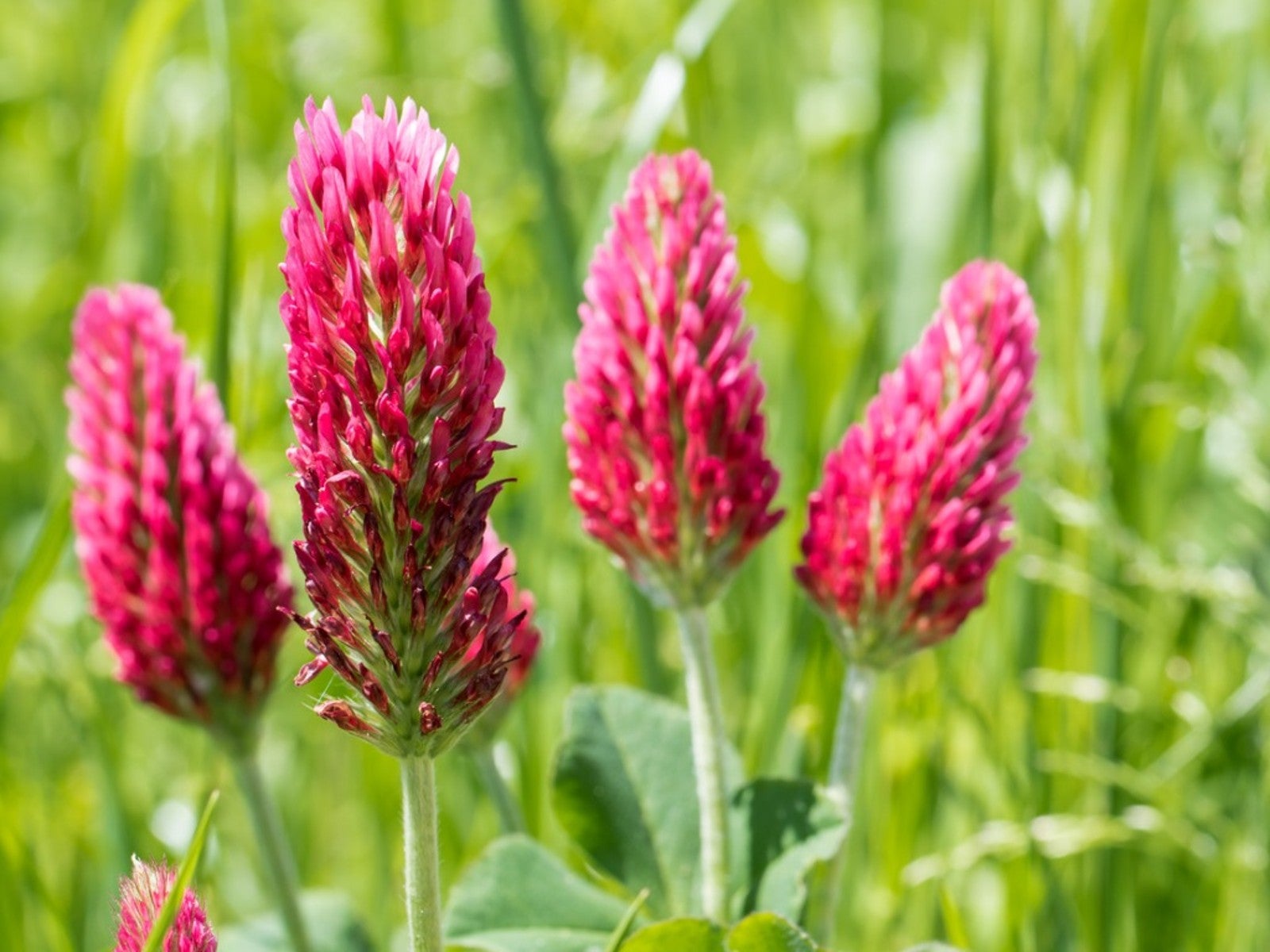 Best Late Summer And Early Fall Cover Crops
Best Late Summer And Early Fall Cover CropsPlanting cover crops is a gift you can give to your garden’s soil. Read on to learn about planting cover crops in late summer.
By Bonnie L. Grant
-
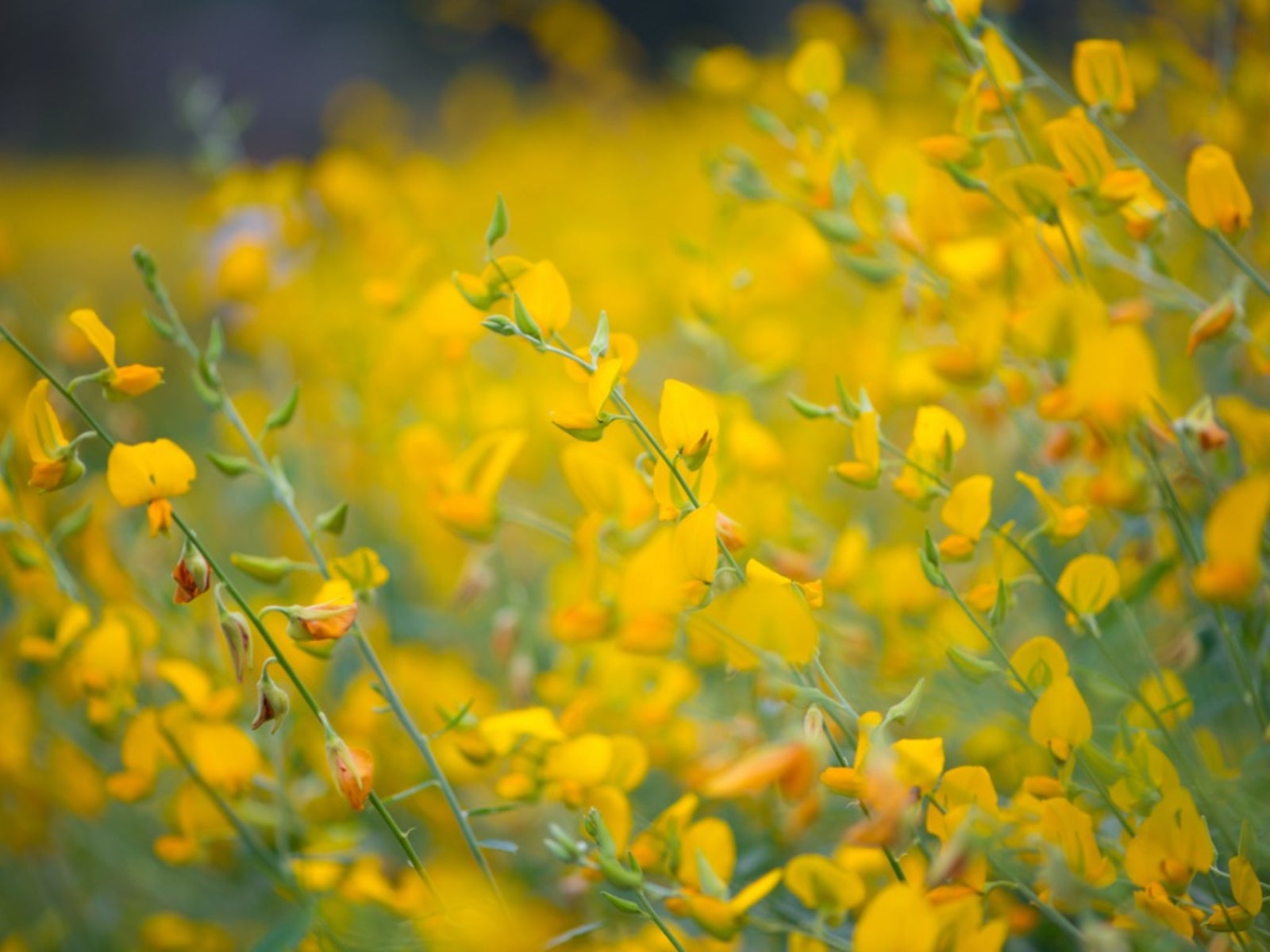 Sunn Hemp Plant Info – Learn Sunn Hemp Uses And Care
Sunn Hemp Plant Info – Learn Sunn Hemp Uses And CareSunn hemp grass is a warm weather grass. Click to learn more about Sunn hemp uses as well as helpful tips on growing Sunn hemp as a cover crop.
By Mary H. Dyer
-
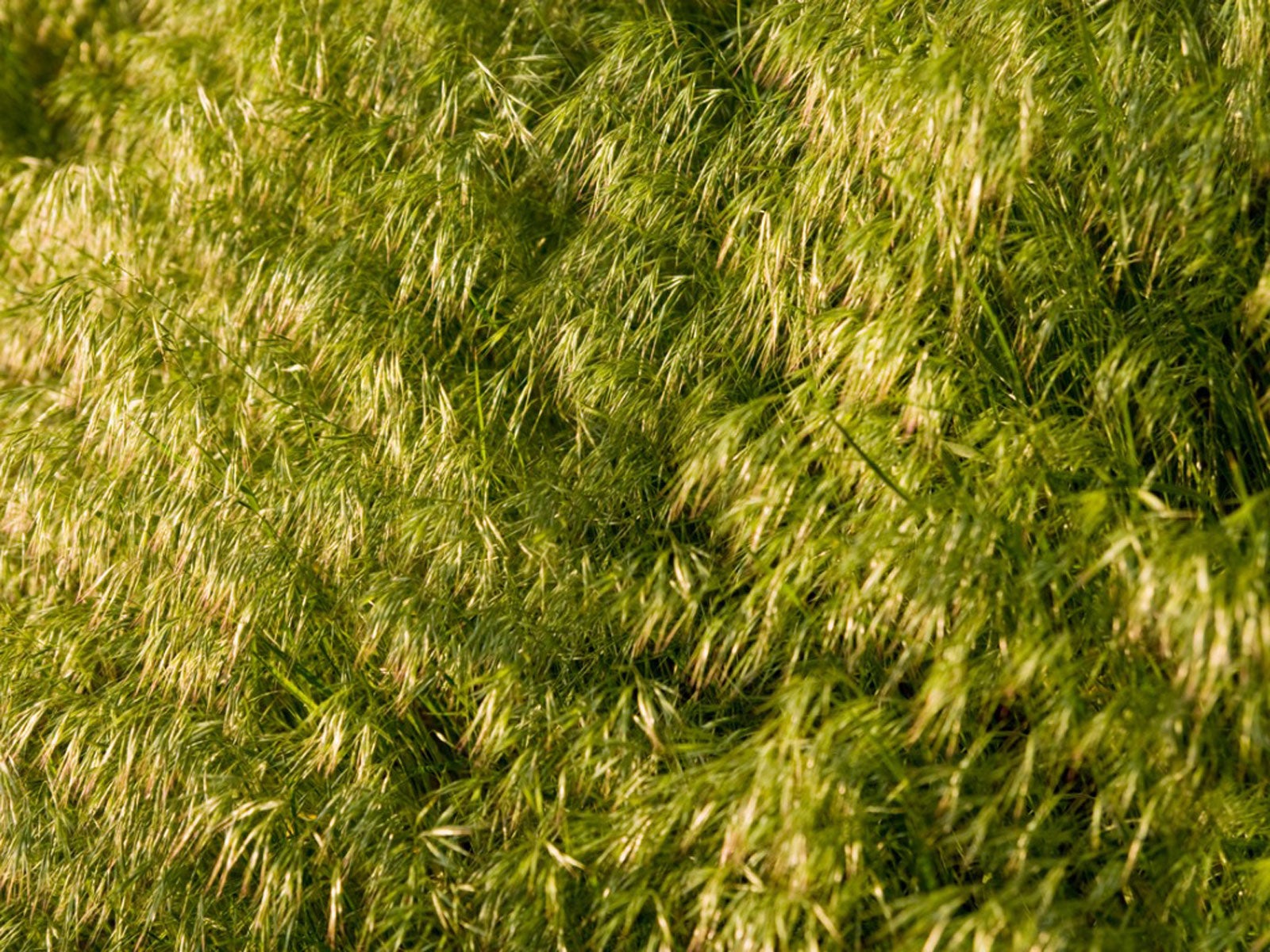 What Is Field Brome – Information About Field Brome Grass
What Is Field Brome – Information About Field Brome GrassField brome grass can be used as a cover crop to control erosion and enrich the soil. For more information, click the following article.
By Laura Miller
-
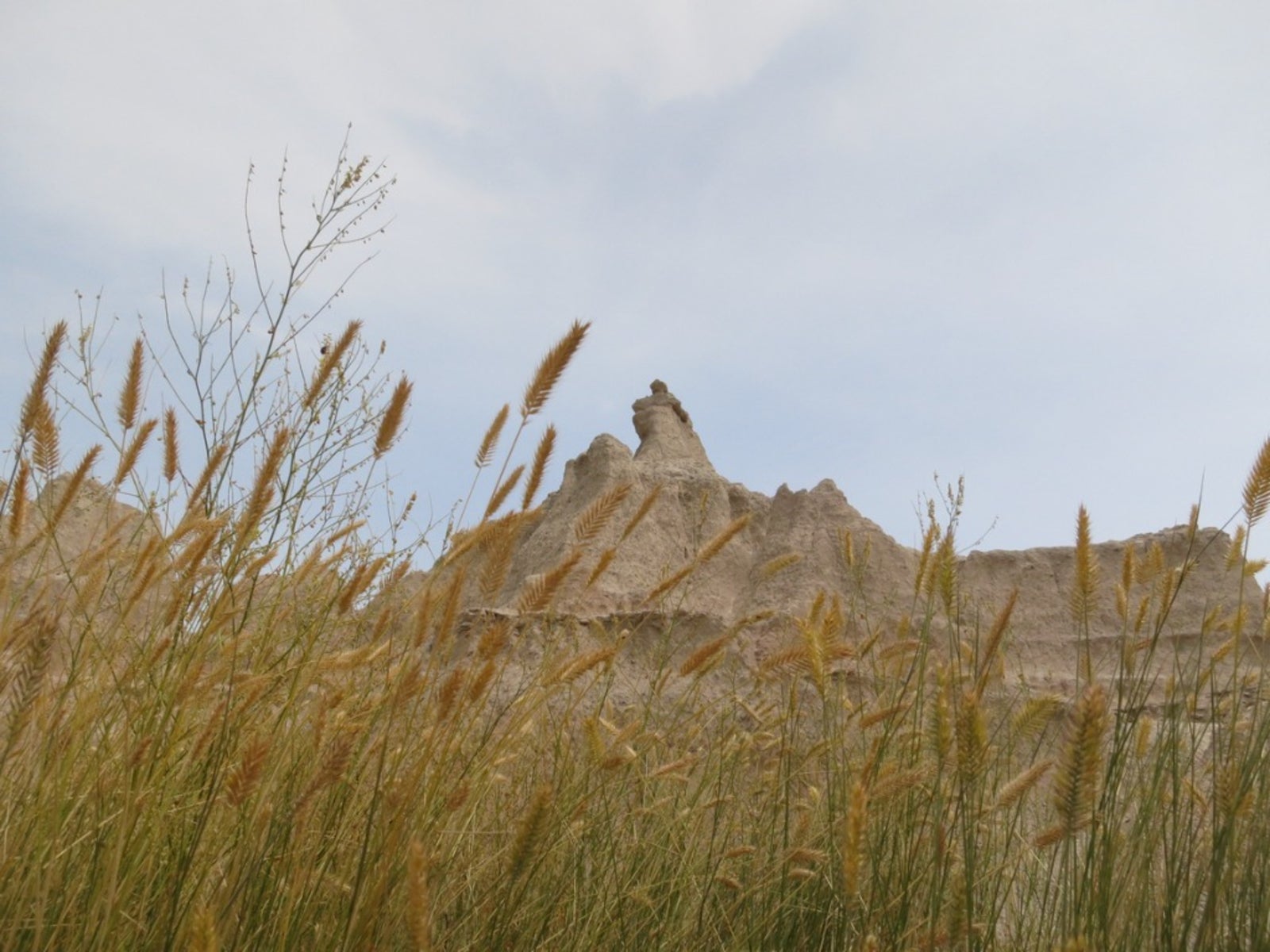 What Is Western Wheatgrass – How To Grow Western Wheatgrass
What Is Western Wheatgrass – How To Grow Western WheatgrassWheatgrass is native to North America and graces the Southwest, Great Plains and mountainous regions of the western U.S. It has some erosion control benefits but using western wheatgrass for grazing is the primary purpose. Learn more about it here.
By Bonnie L. Grant
-
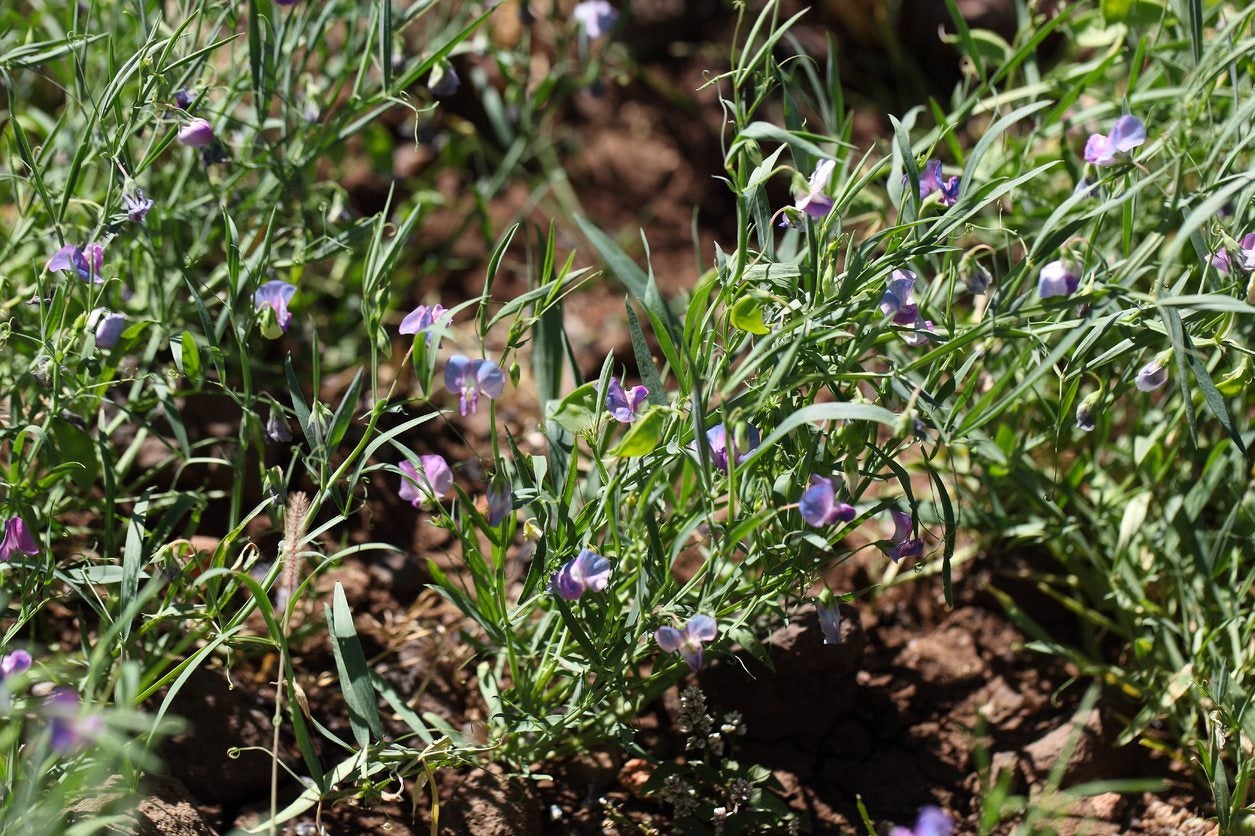 What Is Chickling Vetch – Growing Chickling Vetch For Nitrogen Fixing
What Is Chickling Vetch – Growing Chickling Vetch For Nitrogen FixingWhat is chickling vetch? Also known by various names such as grass pea, white vetch, blue sweet pea, Indian vetch, or Indian pea, chickling vetch is a nutritious legume grown to feed livestock and humans in countries around the world. Learn more about the plant here.
By Mary H. Dyer
-
Establishing Kura Clover: Learn How To Grow Kura Clover Plants
You no doubt have heard about the four-leaf clover, but few gardeners are familiar with kura clover plants. Kura is a forage legume and if you are interested in growing kura as a groundcover or establishing kura clover for some other use, this article will help.
By Teo Spengler
-
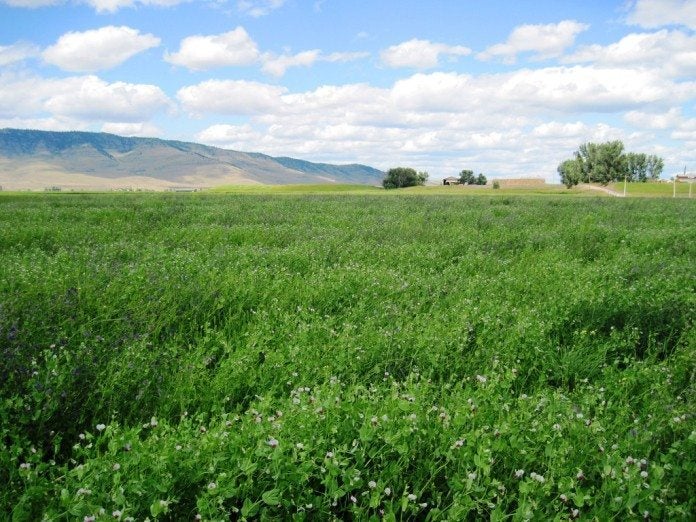 What Are Austrian Winter Peas: A Guide To Growing Austrian Winter Peas
What Are Austrian Winter Peas: A Guide To Growing Austrian Winter PeasWhat are Austrian winter peas? Also known as field peas, Austrian winter peas have been grown around the world for centuries, primarily as a valuable source of nutrition for humans and livestock. Click this article for info on growing Austrian winter peas.
By Mary H. Dyer
-
 Berseem Clover Plants: Growing Berseem Clover As A Cover Crop
Berseem Clover Plants: Growing Berseem Clover As A Cover CropBerseem clover cover crops provide excellent nitrogen in soil. The plants are also quite attractive in bloom when used as an annual groundcover. Learn how to grow berseem clover and harness all its benefits in your garden by clicking the following article.
By Bonnie L. Grant